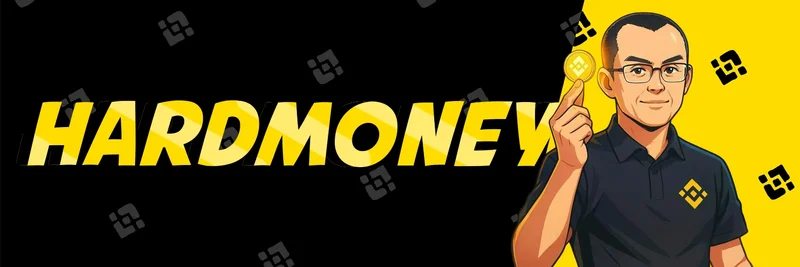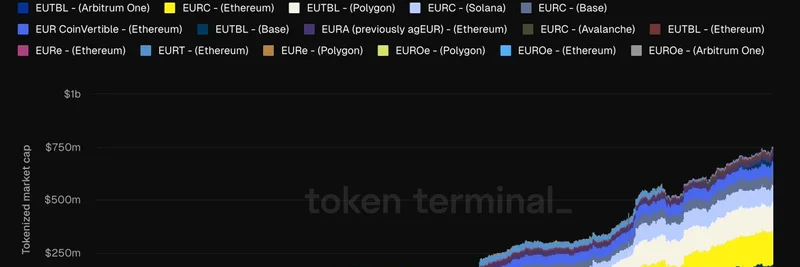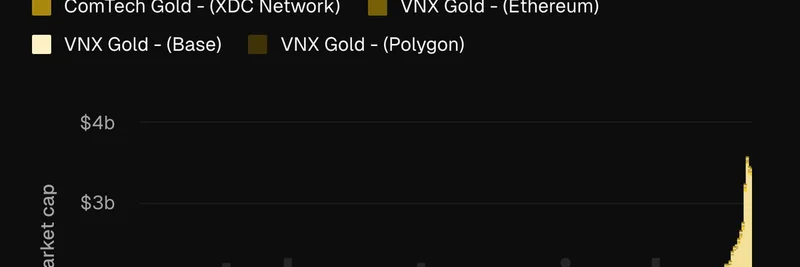We investigated the token referred to as “hardmoney” on BNB Chain at contract address 0x21ddba7de424ec20c8d564b96fb2e6cff600ccd7. Based on broad checks across explorers, DEX aggregators, and common data sources, we could not verify an active, publicly recognized token at this exact address. In practice, that means either the contract is not deployed, has no standard token metadata indexed, was removed, or the address is incorrect. If you encounter this ticker elsewhere, proceed cautiously and validate everything on-chain before interacting.
What “hard money” means in crypto (and why the name matters)
- “Hard money” describes assets that are hard to produce, have predictable scarcity, and resist debasement. In crypto, people often use it to describe assets like Bitcoin due to its fixed supply and censorship resistance.
- A token named “hardmoney” might try to ride this narrative, but a strong name isn’t a substitute for transparent tokenomics, verified contracts, and real liquidity.
How to verify this contract on-chain
- Check the address directly on BscScan.
- Confirm it’s a token contract (BEP‑20) with a verified source code. Look for total supply, decimals, symbol, and token name.
- Review the Read/Write Contract tabs for critical functions (e.g., tax settings, pause, blacklist, upgradeability, mint/burn).
- Validate ownership and permissions.
- See whether the contract owner is renounced. If not, identify what the owner can change (tax rates, trading limits, blacklist, trading toggle).
- If the contract is upgradeable or proxied, review the implementation and admin contracts.
- Inspect liquidity and pairs.
- On PancakeSwap, look for a pair involving this address and verify the paired token (usually WBNB or a stablecoin). Confirm the LP tokens are locked (e.g., with Team Finance or PinkLock).
- Cross-check pairs and liquidity on DEX Screener.
- Review holder distribution and transfers.
- On BscScan, check top holders, recent transfers, and any suspicious patterns (large single wallet control, repetitive self-swaps, or bot-like activity).
Market and trading outlook
- As of now, we found no reliable market data linked to this exact address: no confirmed liquidity pools, no trading volumes, and no exchange listings.
- If a valid pair later appears, typical ways to monitor and trade on BNB Chain include:
- DEX: PancakeSwap for swaps.
- Aggregators/analytics: DEX Screener for pairs and real-time charts.
- Dedicated meme monitoring and trading: GMGN.AI hardmoney page for fast tracking, security checks, and liquidity insights.
- Always confirm you are interacting with the correct contract address before swapping. Copycat tickers are common on BSC.
Security checks and common red flags
- Honeypots and extreme taxes: Test a small buy and sell, and use tools that estimate taxes before swapping. High or changeable taxes can drain positions quickly.
- Blacklist/whitelist and trading toggles: Contracts that can block wallets or toggle trading centrally introduce significant risk.
- Upgradeable proxies and “kill switches”: If the logic can be replaced or halted, owners may alter behavior after liquidity is added.
- Unlocked liquidity: If LP tokens are not locked or burned, the team could pull liquidity at any time.
- Mismatched branding: If social profiles, websites, and contract details don’t align, treat it as a red flag.
- Zero verification: Lack of verified source code and missing metadata (name, symbol, decimals) increases risk.
Actionable checklist before interacting with “hardmoney”
- Confirm the exact address on BscScan and ensure it’s a BEP‑20 token with verified code.
- Verify trading is enabled and taxes are within a reasonable range.
- Identify the primary liquidity pair on PancakeSwap and check LP locks or burns.
- Review holder distribution and recent transfer behavior.
- Use analytics to cross-check activity: DEX Screener and GMGN.AI.
- Start tiny if you must test, and never skip a sell test.
Key takeaways
- The “hardmoney” narrative is powerful in crypto, but names alone don’t prove legitimacy.
- We could not confirm a live, tradable token at the specified address. Treat any trading prompts with caution and verify on-chain.
- If liquidity emerges later, rely on explorer data, LP locks, verified code, and reputable analytics before committing capital.
Useful links
- BscScan (address): https://bscscan.com/address/0x21ddba7de424ec20c8d564b96fb2e6cff600ccd7
- PancakeSwap: https://pancakeswap.finance/
- DEX Screener (BSC): https://dexscreener.com/bsc
- GMGN.AI hardmoney page: https://gmgn.ai/bsc/token/fV1R5sZ5_0x21ddba7de424ec20c8d564b96fb2e6cff600ccd7
Disclaimer: This content is for information and education. It is not financial advice. Always do your own research and never trade what you cannot afford to lose.



, which I'll link in the article for more context.*** -tokenomics.webp)
